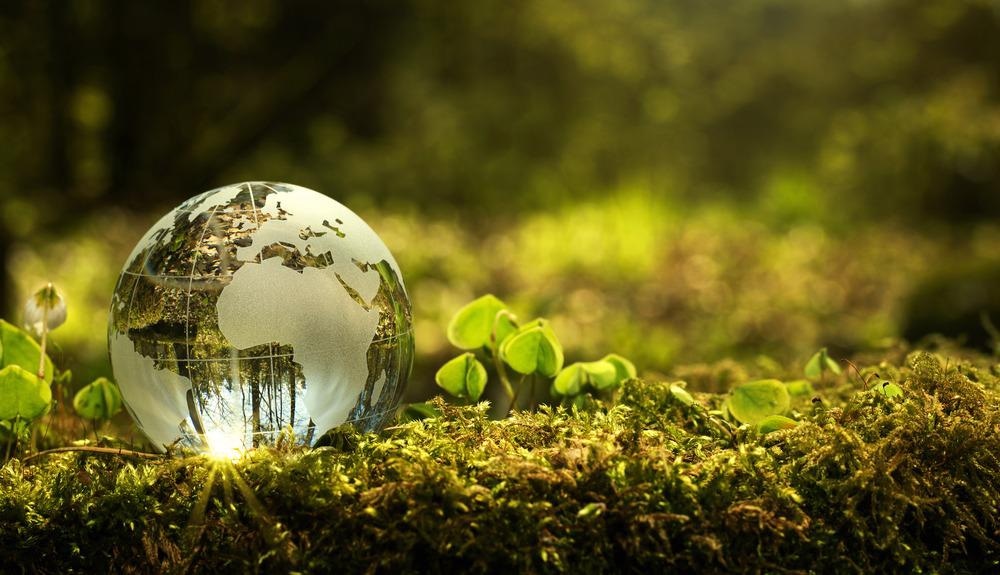Carbon emissions have been rising since the mid-1800s. Despite increased efforts to reduce emissions to tackle climate change, CO2 emissions were still increasing by roughly 1% a year compared with the previous decade in 2020. When the COVID-19 pandemic hit, many countries worldwide implemented restrictions to curb the spread of the virus, such as those that affected national and international travel and movement of goods, those that stopped people from seeing friends and family, and those that temporarily closed down businesses.
Coronavirus: What has Covid done for climate crisis? - BBC News
The impact of these restrictions on carbon emissions was profound. Daily global carbon emissions fell by 17% in early April 2020, compared with 2019 levels. Over the year, carbon emissions fell by 6.4% (equivalent to 2.3 billion tonnes).
However, according to the journal Nature, the data show that the drastic global restrictions made little impact on climate change and that in the second half of the year, emissions rapidly picked up again. Overall, the pandemic has highlighted the drastic measure that must be taken to reduce carbon emissions. Millions of people were prevented from using transportation when emissions fell. Outside of the context of the pandemic, such drastic changes in behavior are unlikely to occur.
Here, we discuss how green initiatives must be incorporated into COVID-19 recovery strategies.
Why returning to ‘business as usual’ won’t work
Around the world, governments have been unveiling massive stimulus packages to help economies recover from the detrimental impact of the COVID-19 pandemic. These packages should not focus on short-term wins to improve economic output but should instead focus on tackling the entrenched inequalities exposed by the pandemic. Unless recovery strategies are fair and inclusive, many years of development towards a more sustainable and environmentally friendly world might be wiped out. We cannot return to ‘business as usual’ because that was proven not to work. We need to kick start a ‘new normal’ where climate, nature, and development goals are made a priority.
Now the world is emerging from the pandemic, there is a significant opportunity to instill a ‘new normal’ where climate change goals are woven into the fabric of society so that sustainability can be achieved and maintained long-term.
Achieving a green recovery
COVID-19 recovery plans should include strategies for achieving clean air and water, enhanced biodiversity conservation, and initiatives that tackle climate change. Climate, nature, and development must be the top considerations of pandemic response plans. Initiatives that support these areas can also encourage economic activity, create jobs, and reduce inequalities within society, making it a win-win solution.
To achieve green recovery, climate and nature must be addressed coherently. Damage to biodiversity is strongly linked with human health, and we need to protect nature and understand the influence of climate change on it to protect humanity.
COVID-19 recovery plans should also be tailored to each community, there is no one-size-fits-all, and different communities have their specific needs. Often international and national decisions establish plans that may suit one community but will be ineffective for many others. Recovery plans, therefore, must be contextualized. The needs of rural communities vs. urban, for example, are very different.
There must be an investment at a local level so that responses can be community-led and local knowledge can be leveraged. Involving local and indigenous peoples with recovery plans are important to helping all communities address their specific climate and nature goals.
One of the biggest threats to achieving green recovery is the global power imbalance. There are many challenges the world was facing before the pandemic, those related to climate change that have been around for a long time, that must now be addressed as a priority with all people working together. There cannot be a focus purely on economic growth.

Image Credit: rangizzz/Shutterstock.com
Preventing a future pandemic by caring for the environment
Caring for the environment will not only help fight climate change but will also help to reduce the likelihood of a second pandemic. The loss of biodiversity and destruction of the forests and oceans can increase the risk of outbreaks of zoonotic viruses (such as that which caused the COVID-19 pandemic). As the population increases, leading to increased food demands and deforestation rates, the risk of outbreaks of zoonotic diseases with pandemic potential also increases.
Studies show that change in land usage (e.g., agricultural expansion) is the single greatest driver of emerging disease. As humans continue to move deeper into the world’s forests in search of more land, they are exposing themselves to more animals and the diseases they may carry. COVID-19 recovery plans should focus on reducing deforestation to address this issue and make the world safer from potential future pandemics.
Sources:
- IIED. A green recovery from COVID-19? Not without climate, nature, and development solutions [online]. Available at: www.iied.org/green-recovery-covid-19-not-without-climate-nature-development-solutions [accessed May 2022]
- Le Quéré, C., Jackson, R., Jones, M., Smith, A., Abernethy, S., Andrew, R., De-Gol, A., Willis, D., Shan, Y., Canadell, J., Friedlingstein, P., Creutzig, F. and Peters, G., 2020. Temporary reduction in daily global CO2 emissions during the COVID-19 forced confinement. Nature Climate Change, 10(7), pp.647-653. https://www.nature.com/articles/s41558-020-0797-x
- Stern, N., Patel, I. and Ward, B., 2021. Covid-19, climate change, and the environment: a sustainable, inclusive, and resilient global recovery. BMJ, p.n2405. https://www.bmj.com/content/375/bmj.n2405
- Tollefson, J., 2021. COVID curbed carbon emissions in 2020 — but not by much. Nature, 589(7842), pp.343-343. https://www.nature.com/articles/d41586-021-00090-3
Further Reading